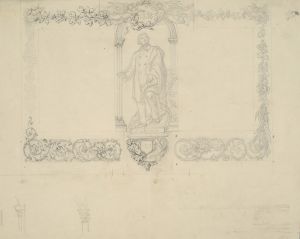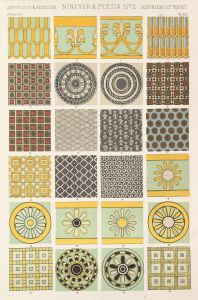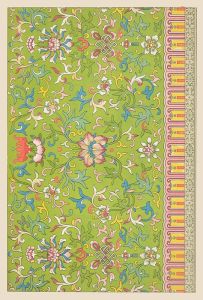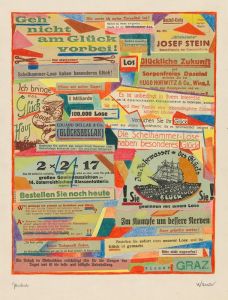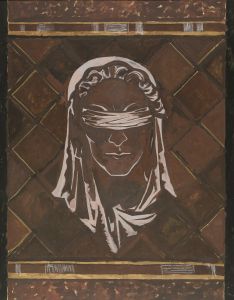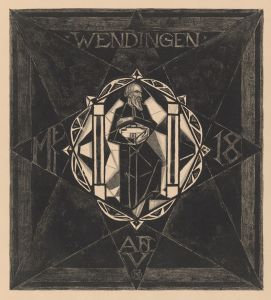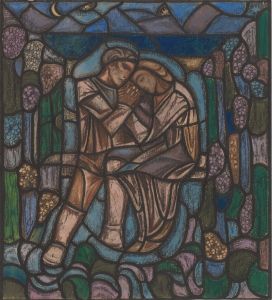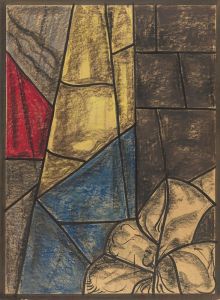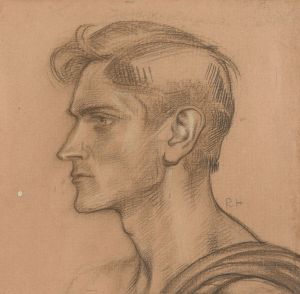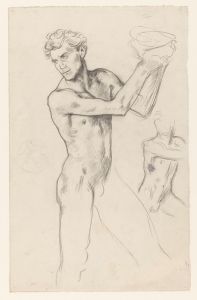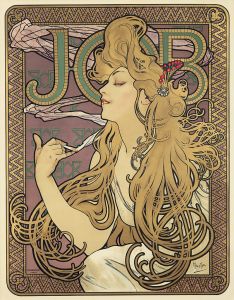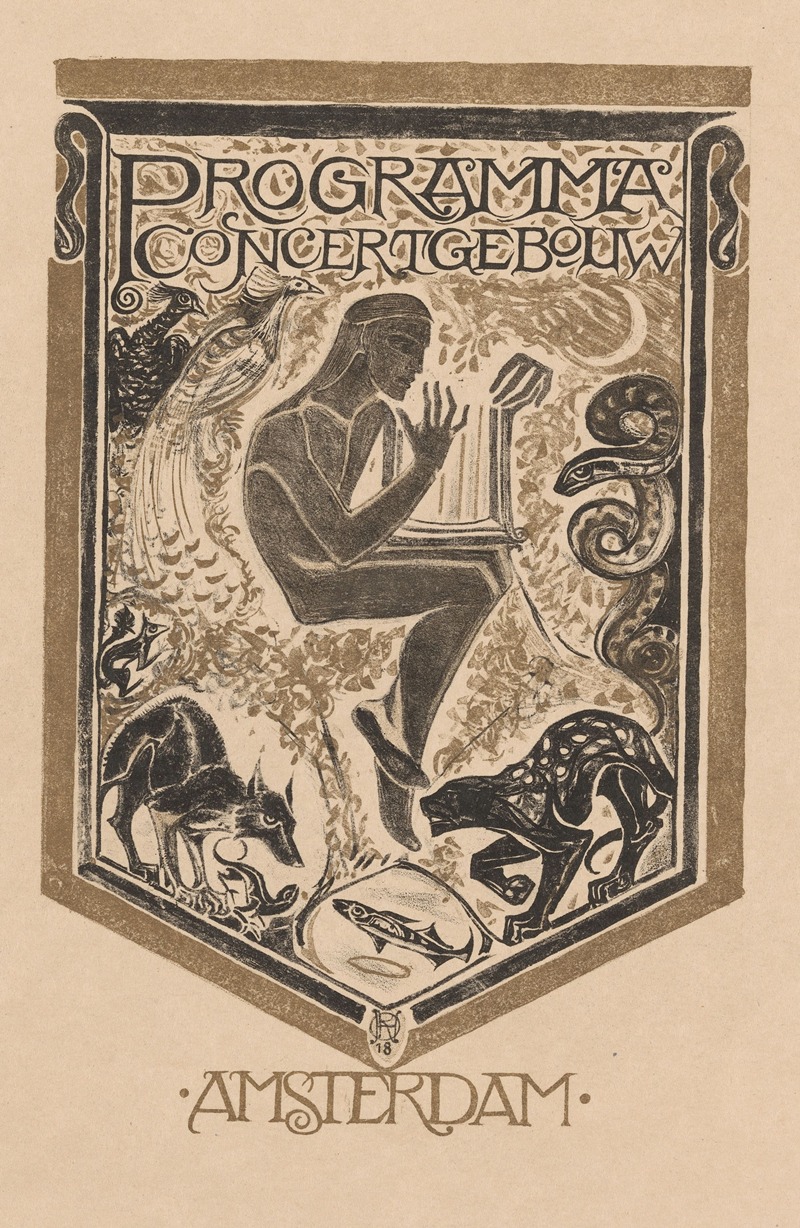
Omslagontwerp voor; Programma van het Concertgebouw Amsterdam
A hand-painted replica of Richard Nicolaüs Roland Holst’s masterpiece Omslagontwerp voor; Programma van het Concertgebouw Amsterdam, meticulously crafted by professional artists to capture the true essence of the original. Each piece is created with museum-quality canvas and rare mineral pigments, carefully painted by experienced artists with delicate brushstrokes and rich, layered colors to perfectly recreate the texture of the original artwork. Unlike machine-printed reproductions, this hand-painted version brings the painting to life, infused with the artist’s emotions and skill in every stroke. Whether for personal collection or home decoration, it instantly elevates the artistic atmosphere of any space.
Richard Nicolaüs Roland Holst was a prominent Dutch artist known for his contributions to the art and design world during the late 19th and early 20th centuries. One of his notable works is the "Omslagontwerp voor; Programma van het Concertgebouw Amsterdam," which translates to "Cover Design for the Program of the Concertgebouw Amsterdam." This piece exemplifies his skill in graphic design and his ability to merge artistic aesthetics with functional design.
Roland Holst was born on December 4, 1868, in Amsterdam, Netherlands, and he became a significant figure in the Dutch art scene. He was associated with the Amsterdamse Joffers, a group of female artists, and was married to the painter and writer Henriette Roland Holst. His work was influenced by the Arts and Crafts movement, which emphasized traditional craftsmanship and the decorative arts.
The Concertgebouw, located in Amsterdam, is one of the world's most famous concert halls, known for its exceptional acoustics and rich history of performances. The venue opened in 1888 and quickly became a central hub for classical music in the Netherlands. The need for visually appealing and informative program covers was essential for promoting the concerts and events held at this prestigious venue.
Roland Holst's design for the Concertgebouw program cover reflects the artistic trends of his time, incorporating elements of Art Nouveau, which was characterized by its organic forms, flowing lines, and intricate details. His work often featured symbolic and allegorical imagery, which was common in the Art Nouveau movement. This style was popular in Europe during the late 19th and early 20th centuries and was known for its emphasis on beauty and harmony.
The cover design created by Roland Holst would have served not only as a practical item for concertgoers but also as a piece of art in its own right. Such designs were intended to capture the spirit of the music and the cultural significance of the Concertgebouw, enhancing the overall experience for attendees. Roland Holst's ability to blend artistic creativity with functional design made his work stand out and contributed to his reputation as a leading figure in Dutch art and design.
Throughout his career, Roland Holst was involved in various artistic endeavors, including painting, illustration, and teaching. He was a professor at the Rijksakademie van Beeldende Kunsten in Amsterdam, where he influenced a new generation of artists. His contributions to the arts were recognized during his lifetime, and his legacy continues to be appreciated today.
In summary, Richard Nicolaüs Roland Holst's "Omslagontwerp voor; Programma van het Concertgebouw Amsterdam" is a testament to his artistic talent and his ability to create designs that were both beautiful and functional. His work remains an important part of Dutch cultural history, reflecting the artistic movements of his time and the significance of the Concertgebouw as a cultural institution.





